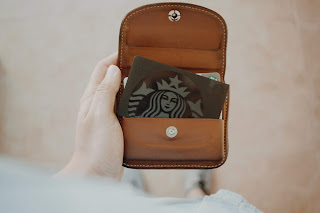Common Mistakes in Customer Loyalty Programs
Businesses thrive on their ever-growing base of
customers. To be able to do that, businesses need to ensure that the customers
they acquire stay with them for a long time. This is done by offering best
quality products, engaging customers, and giving them rewards for their
loyalty.
If you are formulating a Customer Loyalty Program for
your business, then you ought to ensure that you avoid some pitfalls which
generally lead to downfall of many programs.
Customer loyalty programs are supposed to encourage
customers to return to a store or business and to be satisfied with their
offerings.
Here are a few things to avoid while making a customer
loyalty program:
1. Superficial loyalty programs
A lot of times businesses create loyalty programs which
offer superficial rewards associated with each sale. The reward points earned
by customers convert into very less monetary value, and hence hold less meaning
for customers. This does not succeed in attracting back customers and sometimes
even discourages customers.
2. Don't spam
Do not flood loyal customers’ inboxes with too many
marketing emails. Customers share their contact details to receive only
valuable information. If they get information that in not relevant for them,
then they may start ignoring your emails in future, and may even unsubscribe
your mailing list.
Ensure that when you send a piece of information to your
users, it is relevant and of value to them.
3. Preserve your margins
Offering loyalty rewards does not mean you cut into your
revenue. It is good to offer discounts, but only if it adds to your revenue
over time. This is done with proper revenue management analysis. Customer
loyalty program rewards ought to be in alignment with the goals of the companies.
While designing a Customer Loyalty Program, ensure
that it holds real value for both your business and customers. It should
empower your customers to derive value and be satisfied.
Retaining a loyal customer costs five times less than
acquiring a new customer, and a loyal customer spends 67% more than a new
customer, so it’s worthwhile spending some time to plan well to understand what
motivates your customers, before you create a loyalty program.


Comments
Post a Comment